Exploring 21 of Applications of Solar Cells
Home – Info Center – Blogs –
Exploring 21 of Applications of Solar CellsIn our daily lives, we are constantly surrounded by solar energy, both directly and indirectly. Direct use of solar energy comes in two main forms. The first is thermal conversion, commonly seen in solar water heaters. The second is electrical conversion, which is evident in photovoltaic cells.Humans also indirectly use solar energy in two ways. One method is through hydroelectric power generation: sunlight heats the oceans, causing water to evaporate into the atmosphere where it condenses and forms winds that flow to higher altitudes. When the water returns, it generates hydroelectric power. Another method is through wind power generation: sunlight heats the Earth’s surface, creating air currents due to pressure differences, which we harness for wind power.Today, our focus is on the direct use of solar energy, specifically exploring how photovoltaic cells are applied in everyday human life.
Table of Contents
What Changes Can Solar Cells Bring To Your Home?
Solar cells have a wide range of applications in households. For example, rooftop solar power systems can help people lower their electricity bills. Solar water heaters use solar energy to heat water, saving energy and being environmentally friendly. Solar lighting, such as garden lights and patio lights, are easy to install and have low maintenance costs. These applications not only help reduce household energy expenses but also positively impact environmental protection. Let’s take a closer look at these specific applications!
Solar Water Heater
Household solar water heaters heat water by absorbing sunlight. The principle behind this is that they have a collector installed on the roof, which converts sunlight into thermal energy. The heated water flows through pipes into a storage tank, which maintains the water temperature to ensure hot water is available even on cloudy days or at night. If there isn’t enough sunlight, the system can use an electric heater or gas heater to help with heating. The entire system uses an automatic control system to adjust the water temperature and flow, ensuring a stable supply of hot water.
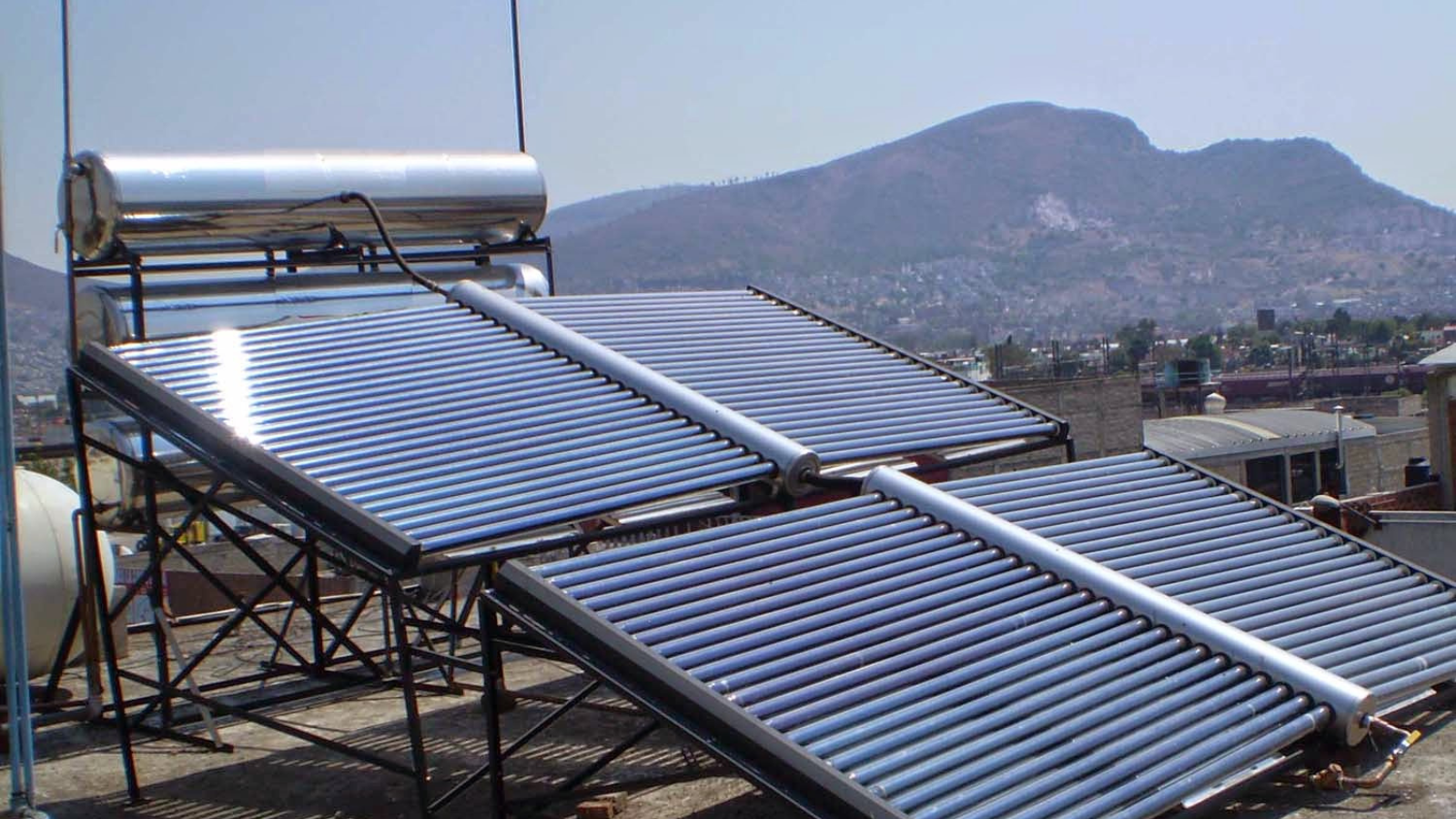
Solar Lighting
Household solar lights use a solar panel on top to absorb sunlight and convert it into electricity, which is stored in the battery inside the light. At night or when there is insufficient light, the light automatically draws power from the battery to illuminate. This entire process doesn’t require an external power source, using solar energy to provide lighting.
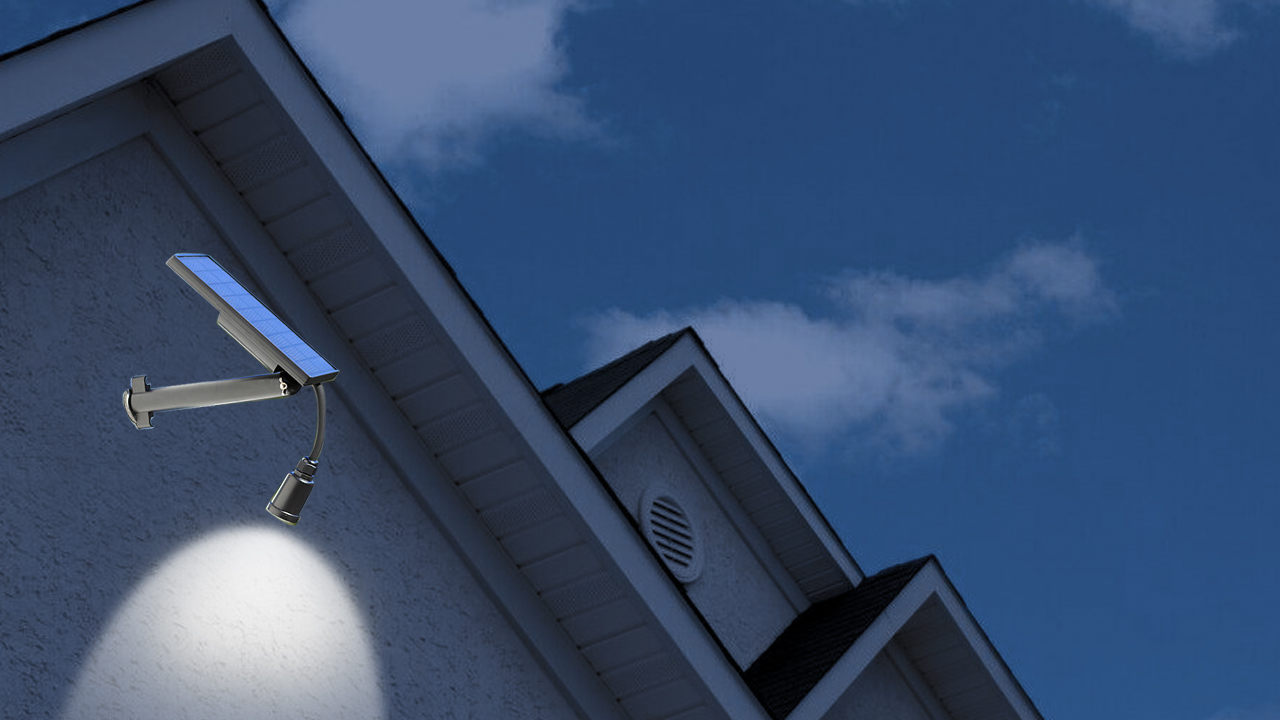
Solar-Powered Computer
A solar-powered computer uses a solar panel connected to the computer to absorb sunlight and convert it into electricity. This electricity is stored in the computer’s battery, providing the necessary power for the computer. This way, even without an electrical outlet, you can use the computer by relying on solar energy.
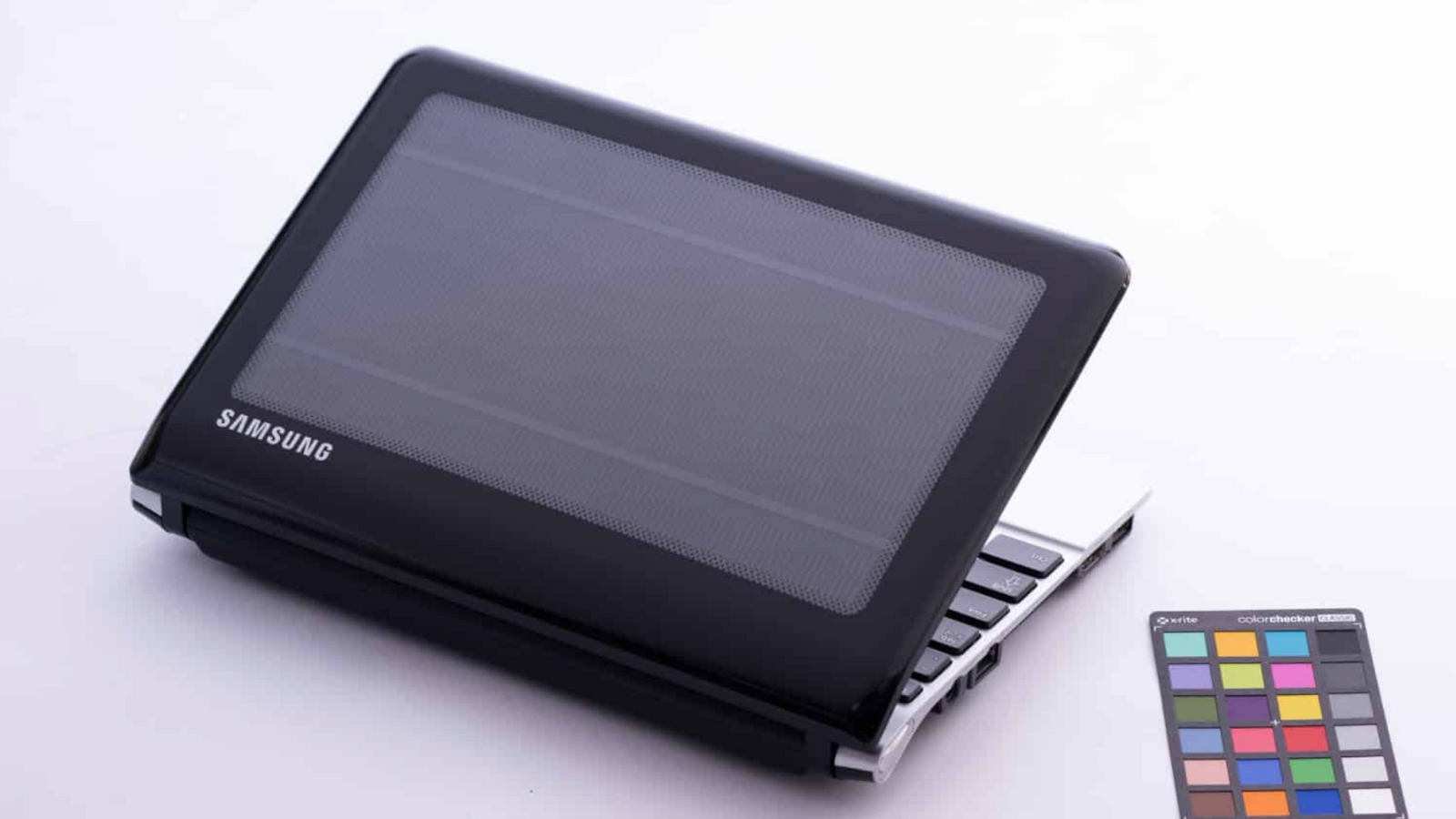
Solar Temperature Detector
A solar temperature detector absorbs sunlight through a solar panel on top, converting it into electricity to power the internal temperature sensor and display device. The temperature sensor detects the ambient temperature and transmits the data to the display screen or sends it to other devices. This way, even without batteries or an external power source, the detector can continuously operate using solar energy, providing real-time temperature monitoring that is both energy-saving and environmentally friendly.
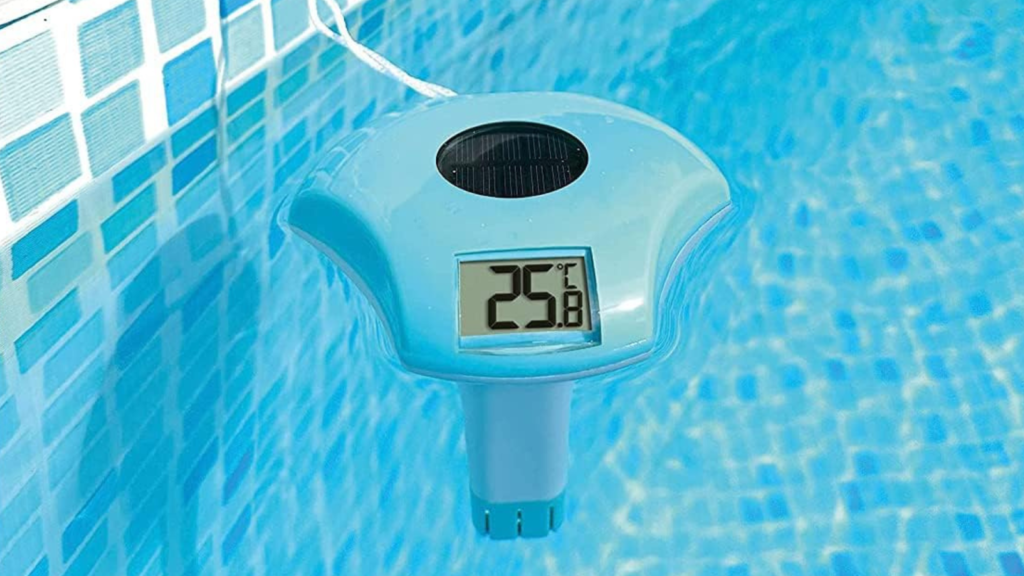
Solar Fountain
A solar fountain absorbs sunlight through a solar panel located on top, converting it into electricity. This electricity powers the pump inside the fountain, drawing water from the base and spraying it out through the nozzle, creating a beautiful water display. The entire process does not require an external power source, relying entirely on solar energy.
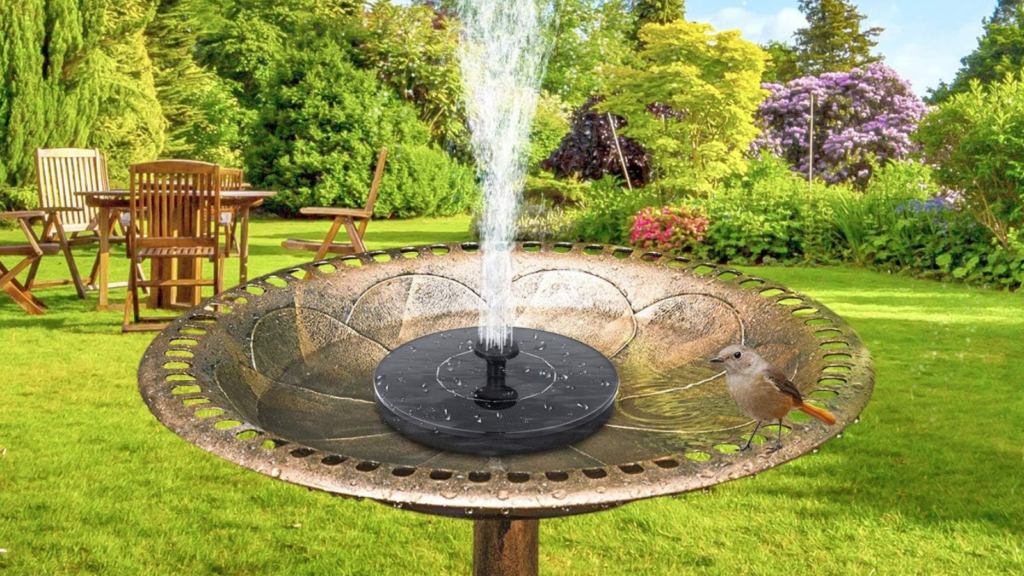
Solar Power Bank
A solar power bank absorbs sunlight through its surface solar panel and converts it into electricity. This electricity is stored in the internal battery. When you need to charge devices like your phone, the power bank outputs the stored electricity through a USB port. This way, even without an electrical outlet, you can use solar energy to charge your electronic devices.
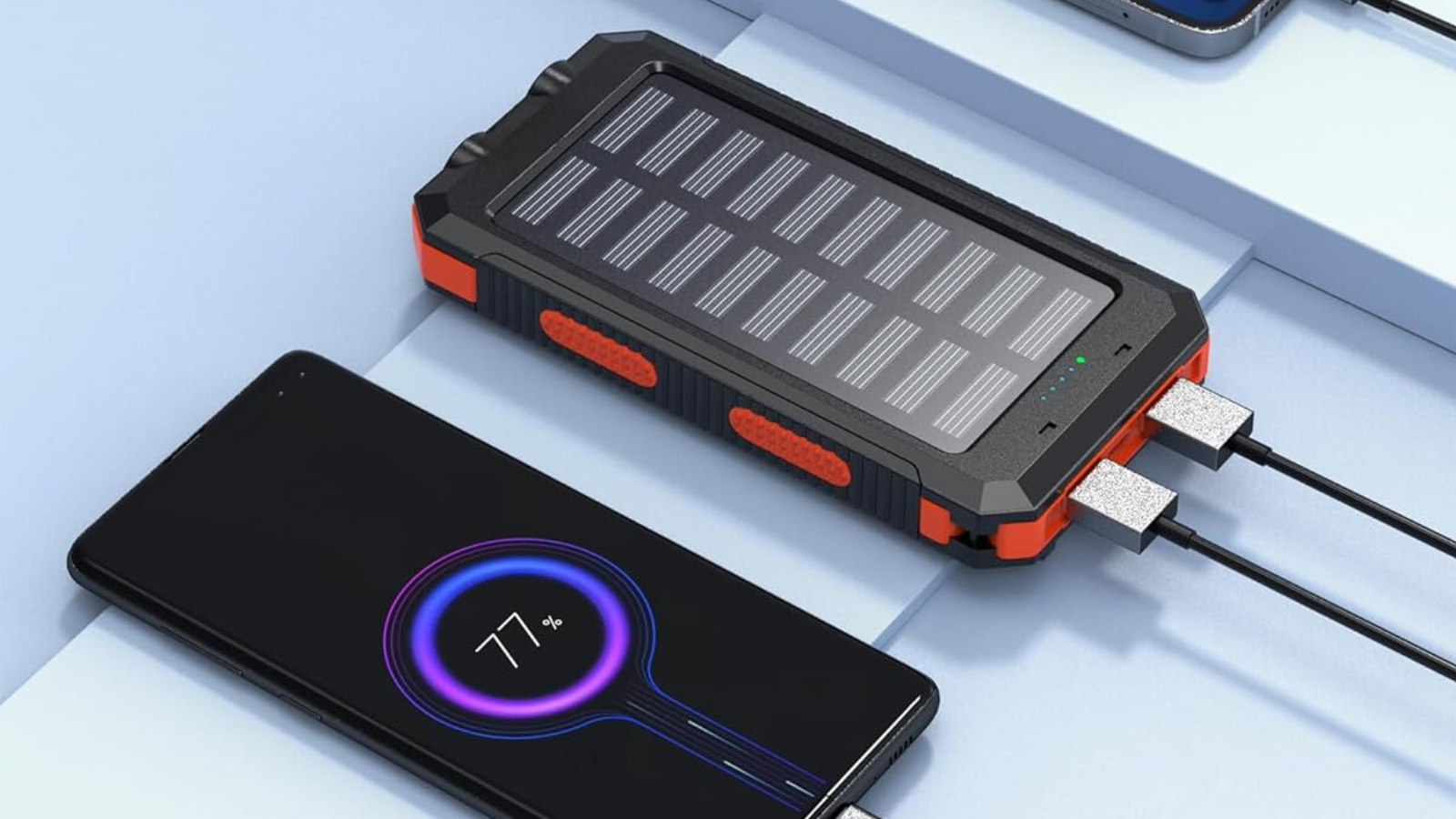
Solar-Powered Furniture
Solar-powered furniture absorbs sunlight through built-in solar panels and converts it into electricity. This electricity is stored in batteries inside the furniture and can be used to power built-in lights, charging ports, or other electrical devices. For example, a solar-powered table can absorb sunlight during the day and use it at night to charge phones or provide desk lighting. The entire process operates without the need for an external power source, making it both energy-efficient and environmentally friendly.
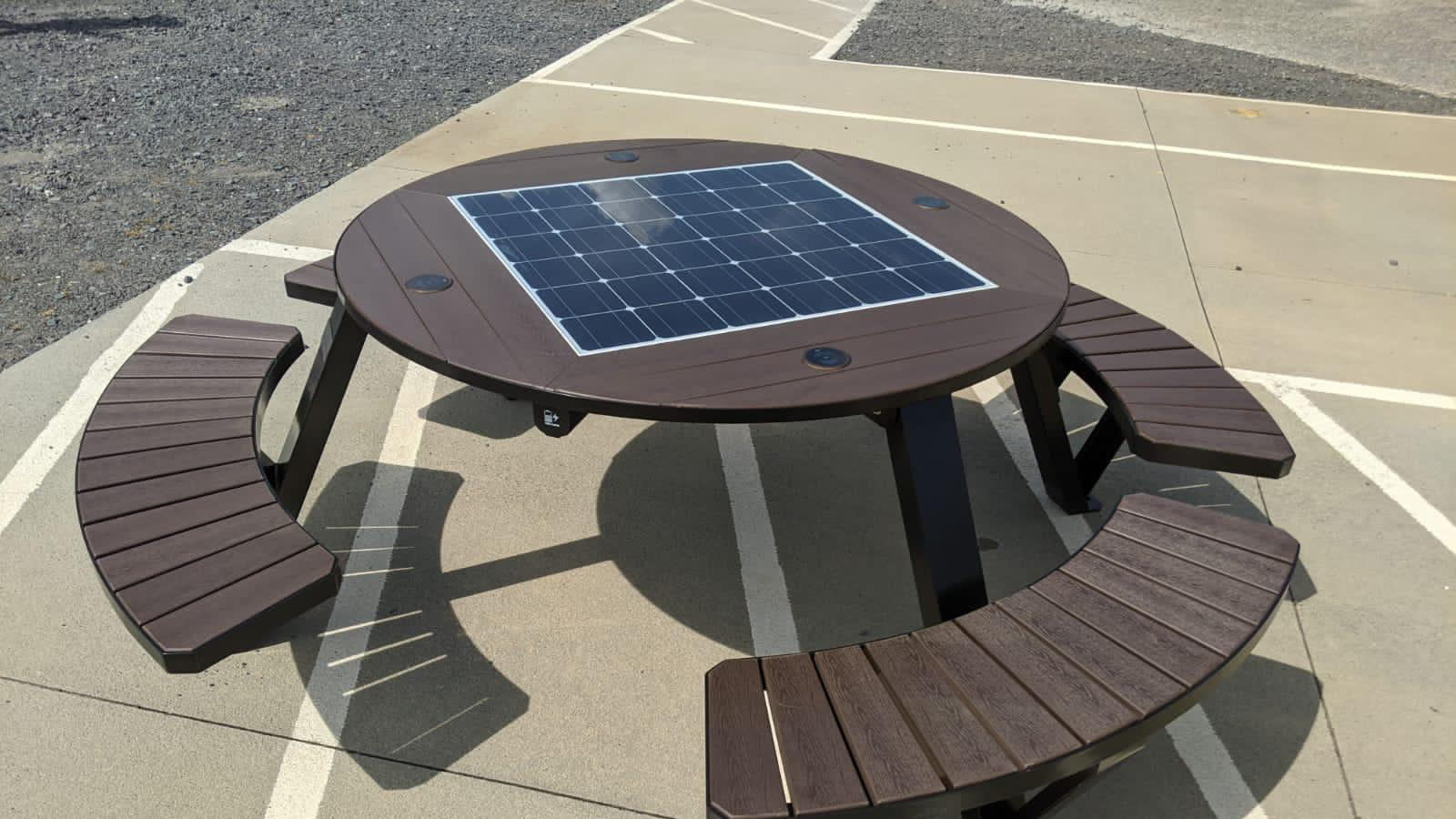
Solar Backpack
Currently, a solar backpack is an innovative product that combines solar panels with backpack design. These backpacks typically have solar panels installed on their surface, which absorb sunlight and convert it into electricity. This electricity can be used to charge devices such as smartphones, tablets, and other electronic devices.
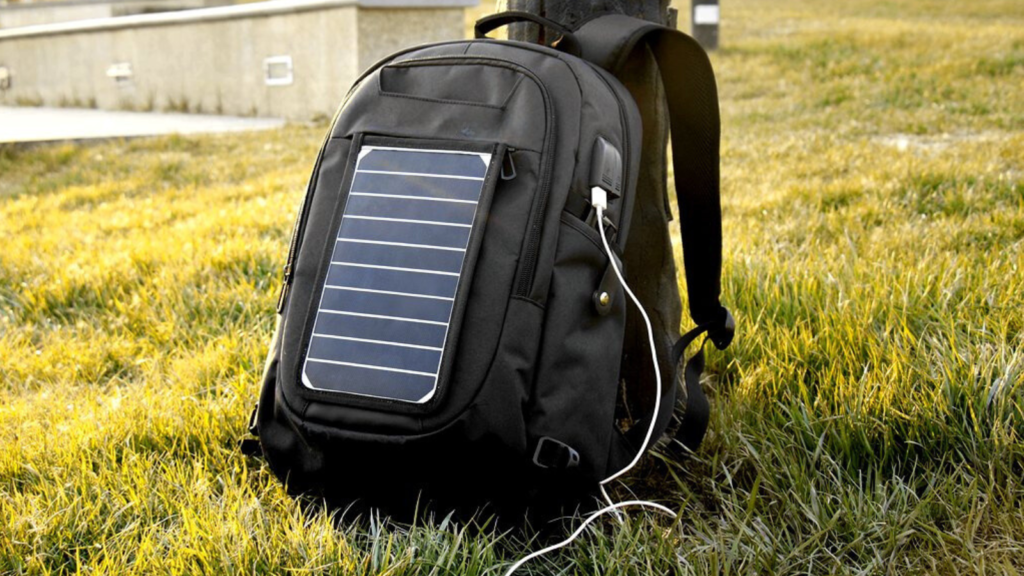
What Changes Can Solar Cells Bring in Transportation?
Solar panels are widely used in transportation, including solar-powered cars, buses, traffic signals, and road markers. These applications absorb solar energy and convert it into electricity, reducing reliance on traditional fuels, lowering carbon emissions and operating costs, improving energy efficiency, and promoting environmental sustainability in transportation.
Solar-Powered Cars
Solar-powered cars absorb solar energy through solar panels installed on their roofs. This energy is converted into electricity, which either charges the car’s battery or directly powers the electric motor.
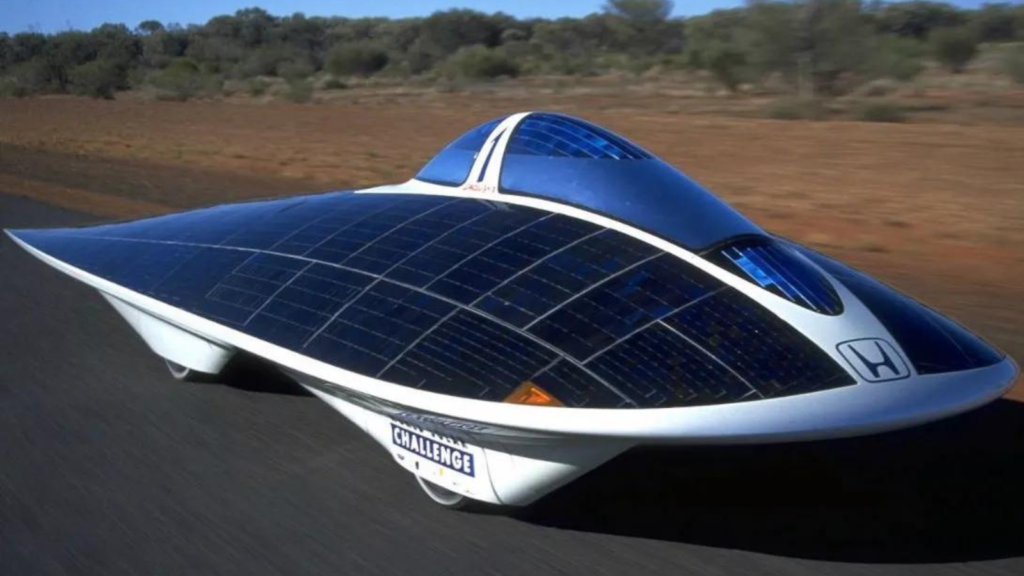
Solar-Powered Aircraft
Solar-powered aircraft utilize large and lightweight solar panels to absorb sunlight and convert it into electricity to drive electric motors. Existing solar-powered aircraft are mostly unmanned aerial vehicles (UAVs) or small aircraft used primarily for scientific research or demonstration projects.In the future, with advancements in technology and reductions in costs, solar-powered aircraft are expected to play a more significant role in pollution-free aviation transport and long-range UAV applications.
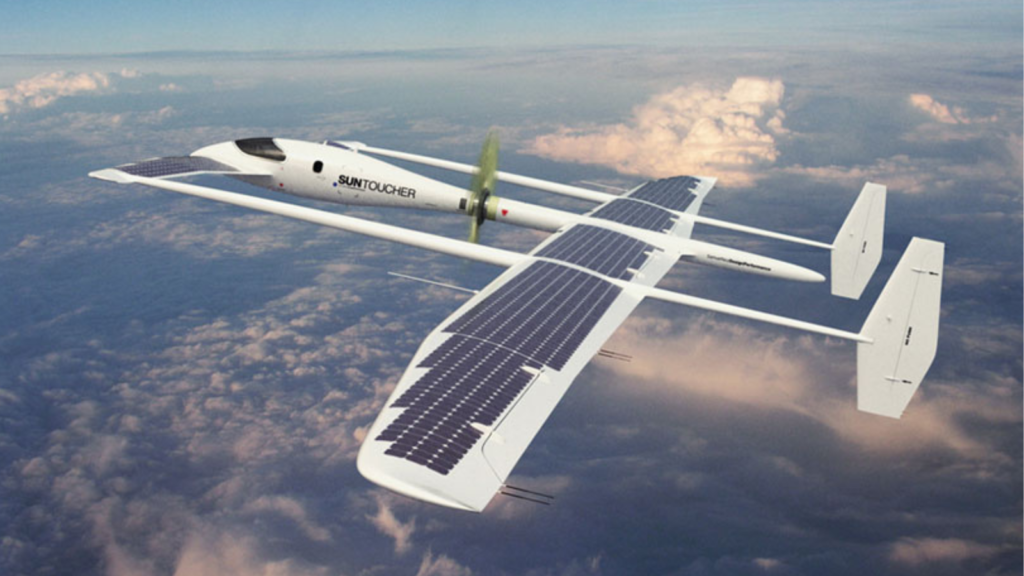
Solar-Powered Traffic Signal System
The solar-powered traffic signal system use solar panels to absorb sunlight and convert it into electricity for power supply. Currently, solar-powered traffic signal systems are widely used in most regions of China. In the future, advancements in smart and Internet technologies are expected to enhance the monitoring and management capabilities of these systems. This will further promote the application and adoption of solar-powered traffic signal systems globally.
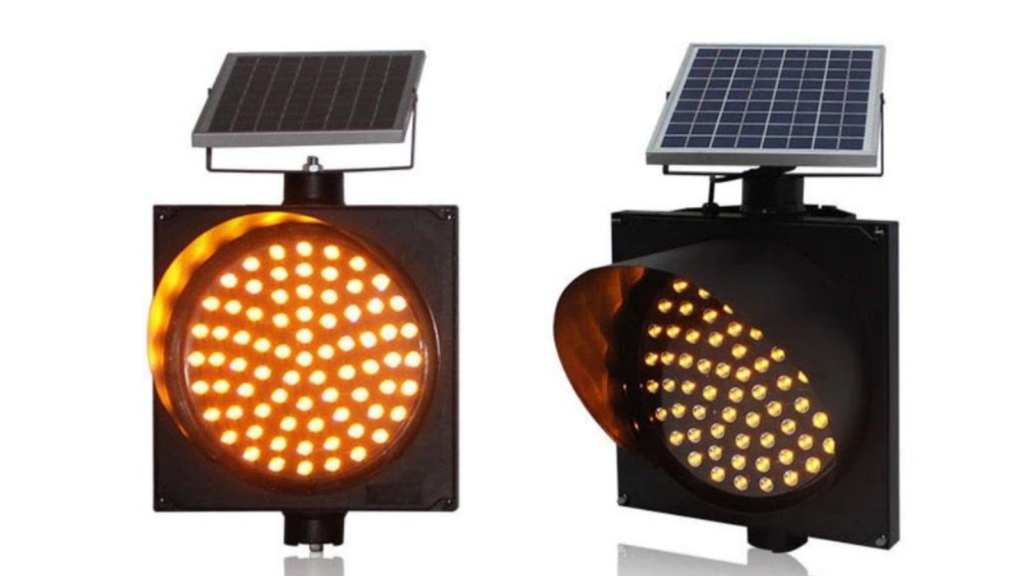
Solar-Powered Monitoring Equipment
Solar-powered monitoring equipment utilizes solar panels to absorb sunlight and convert it into electricity. This electricity is used to power monitoring devices such as cameras, sensors, and data transmission equipment.
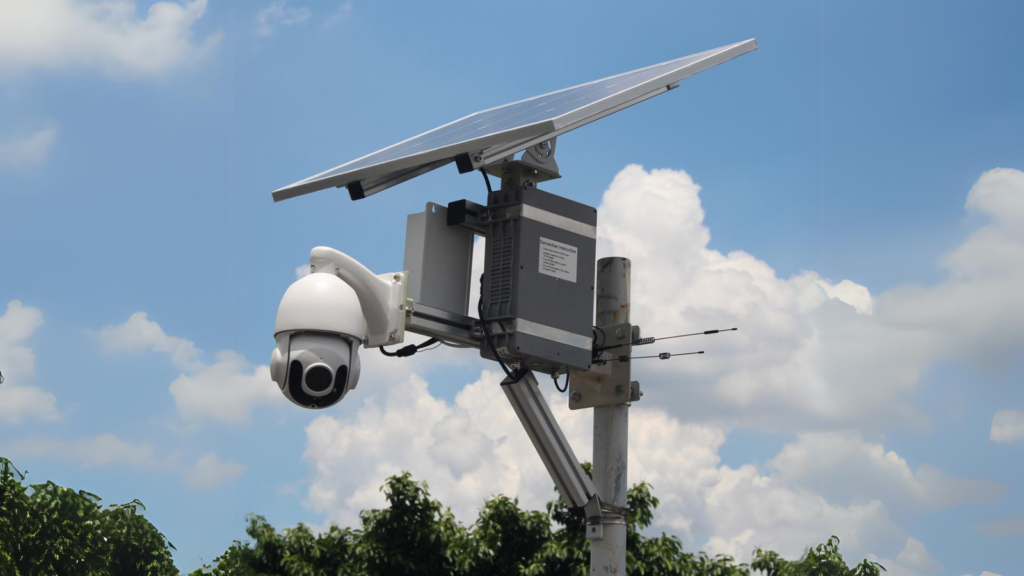
What Changes Can Solar Cells Bring in Agriculture?
The widespread application of solar panels in agriculture has significantly enhanced energy sustainability and production efficiency. It has reduced energy costs and environmental impacts while promoting agricultural modernization and sustainable development.
Solar-Powered Irrigation System
A solar-powered irrigation system utilizes solar panels to absorb sunlight and convert it into electricity. This electricity powers water pumps or controls irrigation equipment, allowing for timed irrigation of farmland and horticultural crops. Such systems are particularly useful in remote areas and rural areas lacking access to conventional electricity supply.
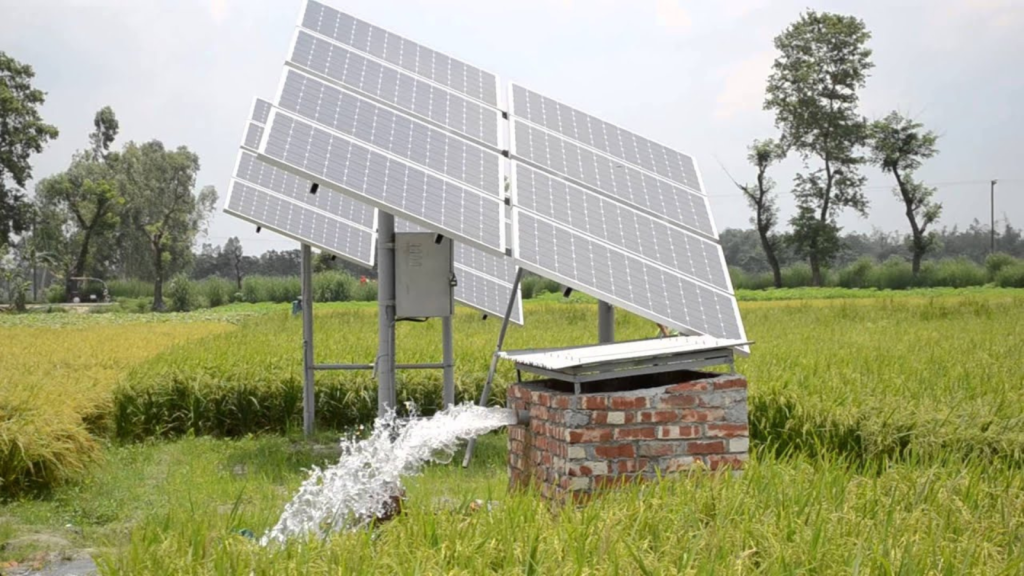
Solar Farm
A solar farm utilizes large-scale solar panels to absorb sunlight and convert it into electricity. This electricity is used to power various equipment and systems on the farm, such as irrigation systems, greenhouse facilities, and agricultural machinery. Currently, solar farms are widely deployed globally, especially in regions with favorable geographical conditions and abundant sunlight.
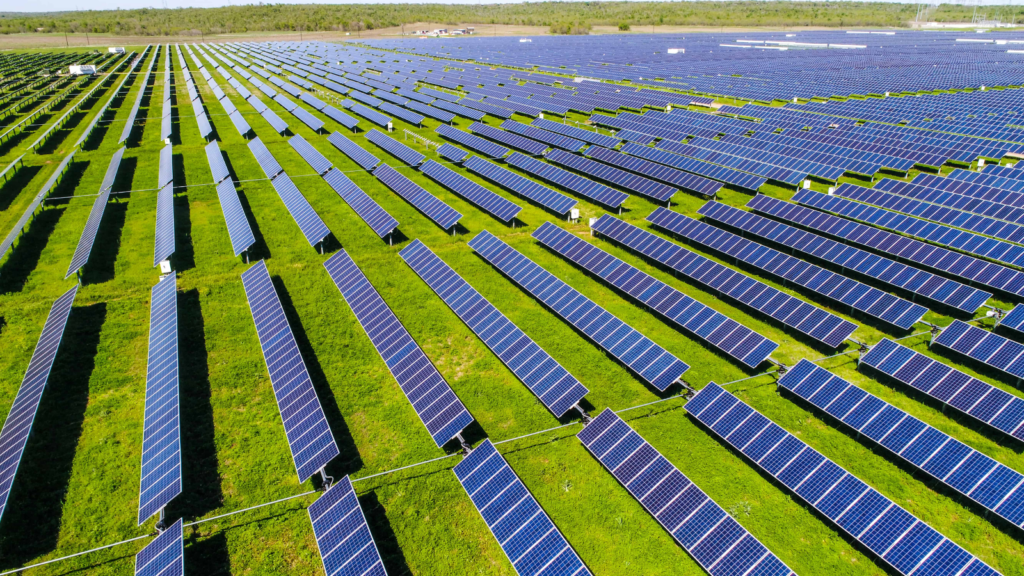
Solar Drying Equipment
A solar farm utilizes large-scale solar panels to absorb sunlight and convert it into electricity. This electricity is used to power various equipment and systems on the farm, such as irrigation systems, greenhouse facilities, and agricultural machinery. Currently, solar farms are widely deployed globally, especially in regions with favorable geographical conditions and abundant sunlight.
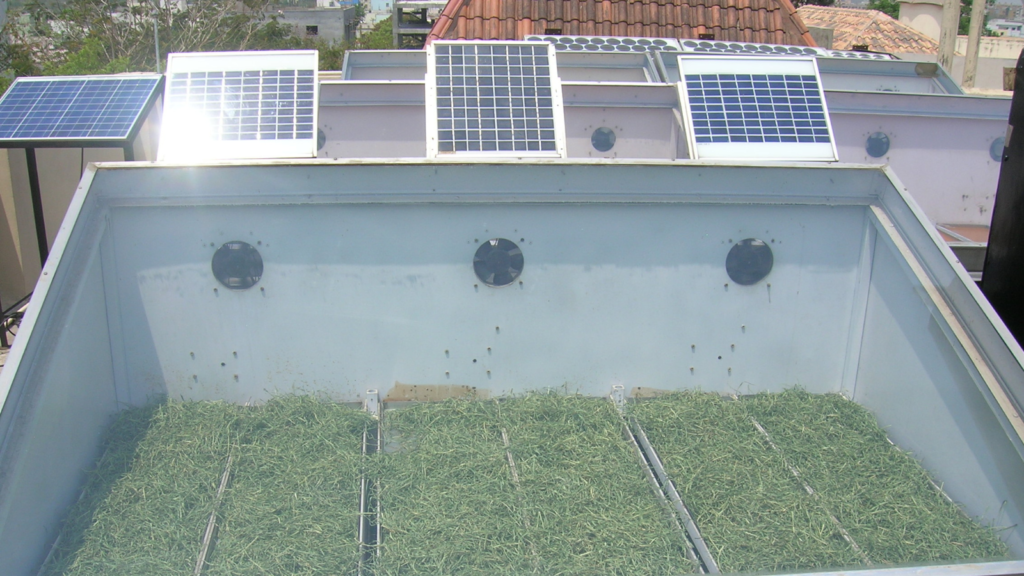
What Changes Can Solar Cells Bring in Building?
The application of solar panels in buildings brings many benefits. First and foremost, they harness sunlight to generate clean energy, reducing dependence on traditional energy sources and lowering energy costs. Secondly, solar panels can be integrated into building structures, not only providing electricity but also improving the building’s aesthetics, increasing its green certification, and enhancing sustainability.
Roof Solar Panels
Residential solar power systems include photovoltaic (PV) panels, inverters, and home energy storage equipment. This system not only saves energy and costs but also contributes positively to environmental protection and sustainable development. Solar panels are typically installed on rooftops, where they convert sunlight into direct current (DC) electricity through the photovoltaic effect. The DC electricity is then transmitted via wiring to an inverter, which converts it into alternating current (AC) electricity usable by the home. If the generated electricity exceeds the household’s consumption, surplus electricity can be stored in home energy storage systems (like batteries) for use during periods of low sunlight or at night. If the household consistently generates more electricity than it uses, the excess power can be fed back into the grid through a net metering system. Users may receive electricity bill subsidies or discounts from the utility company as a result.
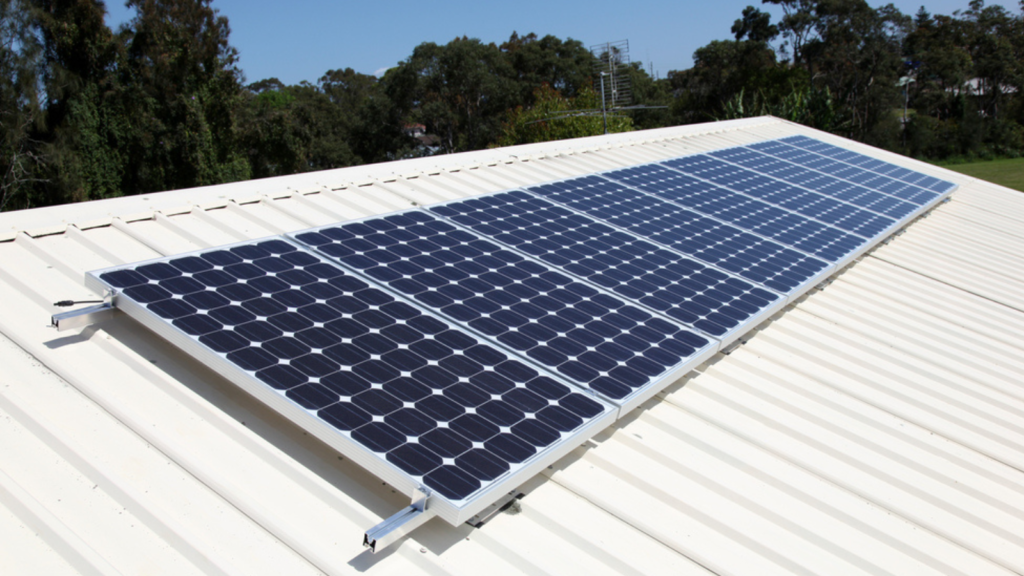
Solar Tiles and Roof Solar Panels
Solar tiles and roof solar panels are innovative building materials that not only serve as replacements for traditional roof tiles but also integrate solar power generation into the building’s exterior. These tiles and panels can absorb sunlight and convert it into electricity to power the building’s interior, thereby enhancing energy efficiency and sustainability. They make a positive contribution to environmental protection and energy conservation efforts.
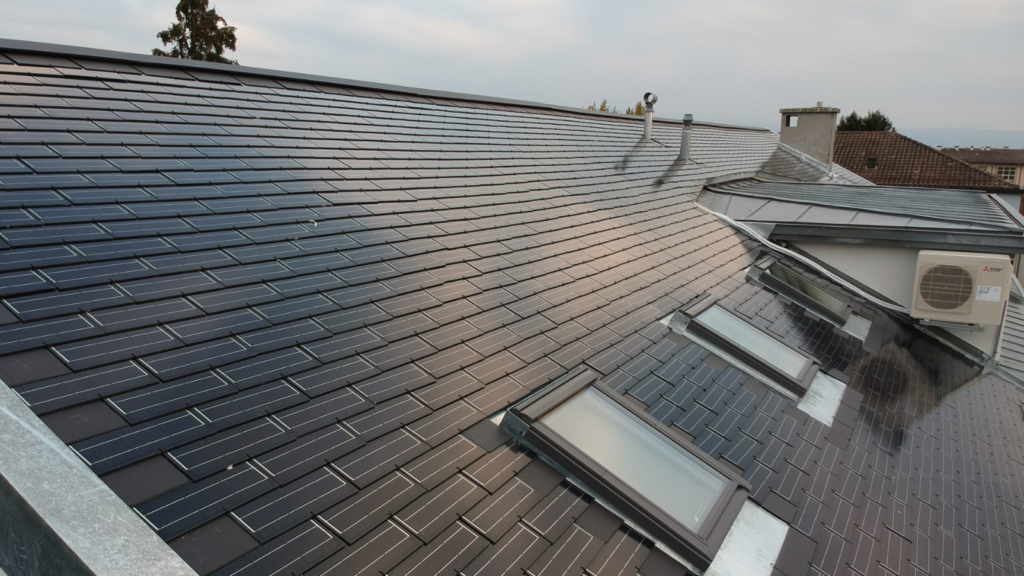
Solar Windows
Solar windows are an innovative building material that combines the functions of windows and solar panels. These windows can absorb sunlight and convert it into electricity, providing power to the building’s interior. They also effectively regulate indoor temperature and lighting conditions. Solar windows enhance building energy efficiency, beautify the building’s exterior, and play a crucial role in sustainable architectural design.
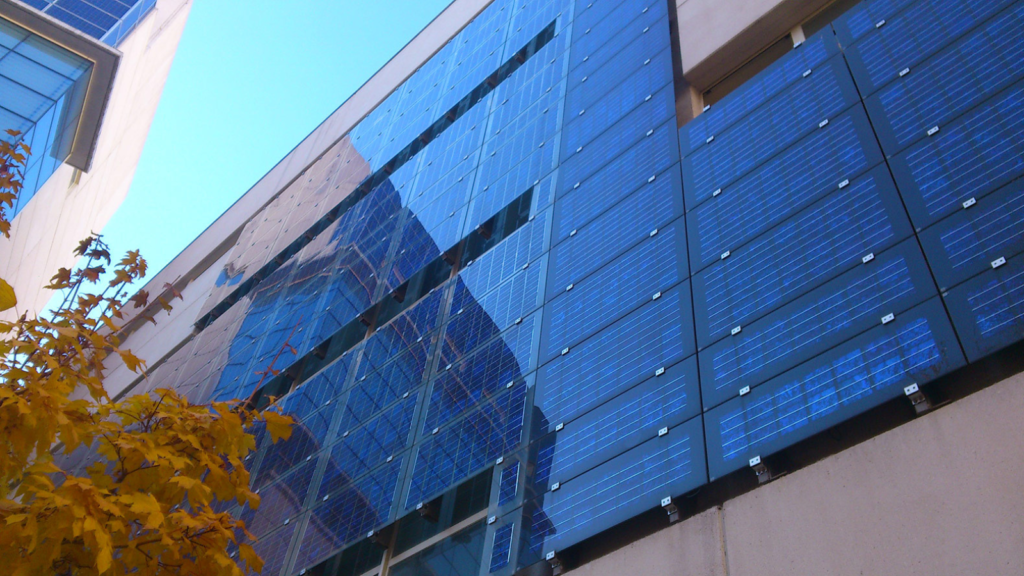
Solar Facades
Solar facades are a modern architectural facade design that integrates solar panels onto the exterior walls of buildings. These facades not only provide an attractive appearance for the building but also effectively utilize solar energy by converting sunlight into electricity. Solar facades contribute to energy efficiency and emissions reduction in buildings, promoting sustainable development practices. They represent an important innovation direction in future urban construction.

Solar Photovoltaic Sunshades
Solar photovoltaic sunshades are an innovative building material that combines the functions of sunshades and solar panels. These sunshades not only effectively block sunlight, reducing internal glare and heat within buildings, but also absorb sunlight and convert it into electricity.
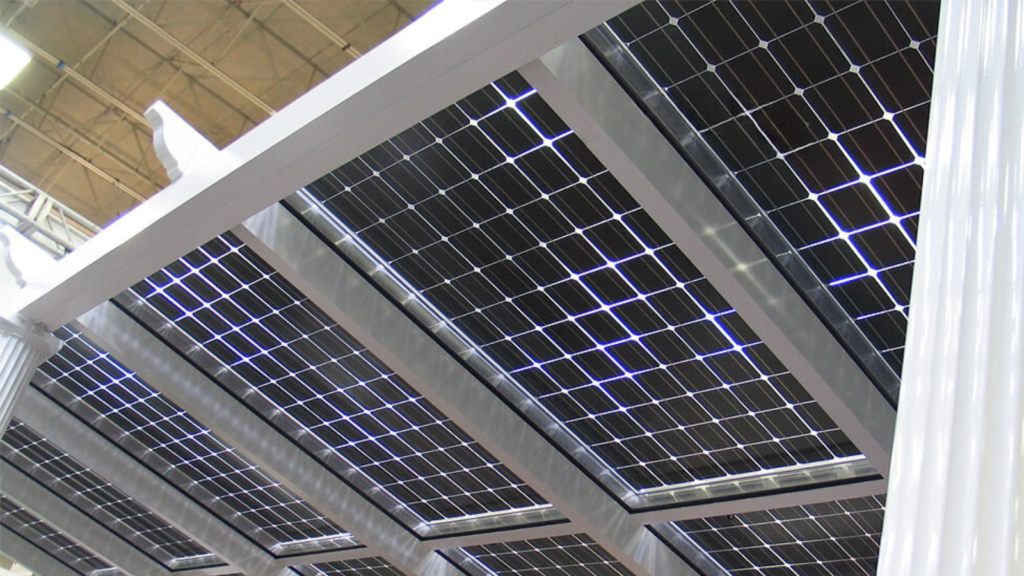
Solar Carport
A solar carport is an innovative structural design that incorporates solar panels on the top or supports of the carport. It provides shade and protection for parked vehicles while also serving as a charging facility for electric vehicles. This design further promotes the application of clean energy and supports the goals of urban sustainable development.
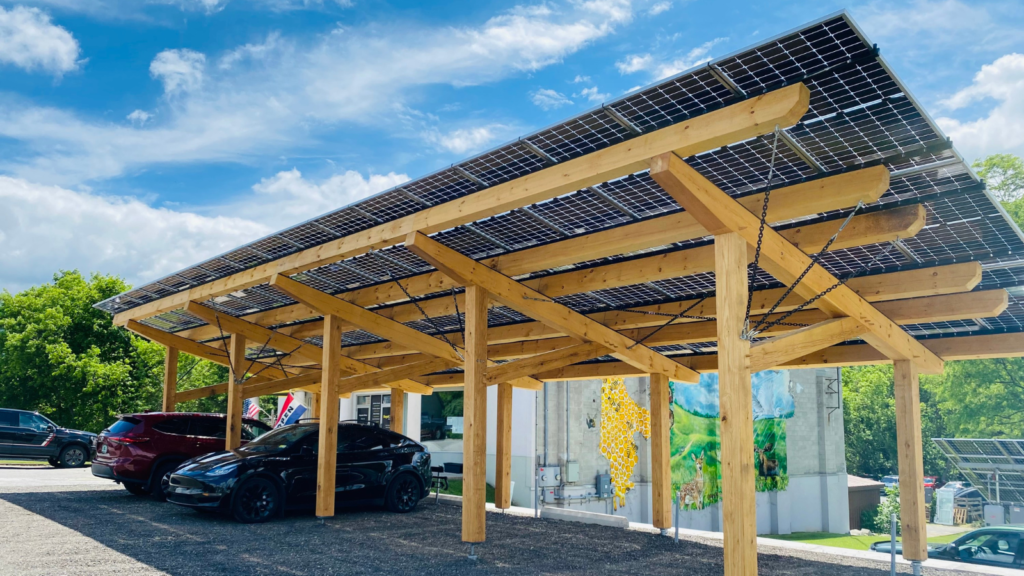
Future Development Trends
The future development trends and potential of solar photovoltaic cells are vast. With advancements in technology and cost reduction, solar photovoltaic cells will continue to be a mainstream choice for renewable energy. Key focuses for future development include improving the conversion efficiency of solar photovoltaic cells, enhancing their stability and durability, and promoting the commercial application of higher-performance multicrystalline silicon, thin-film solar cells, and perovskite solar cells.
Related Blogs
Share Via:
Get in Touch with Us Now!
Got questions or feedback? We’d love to hear from you! Just fill out the form below, and our friendly team will respond ASAP.
